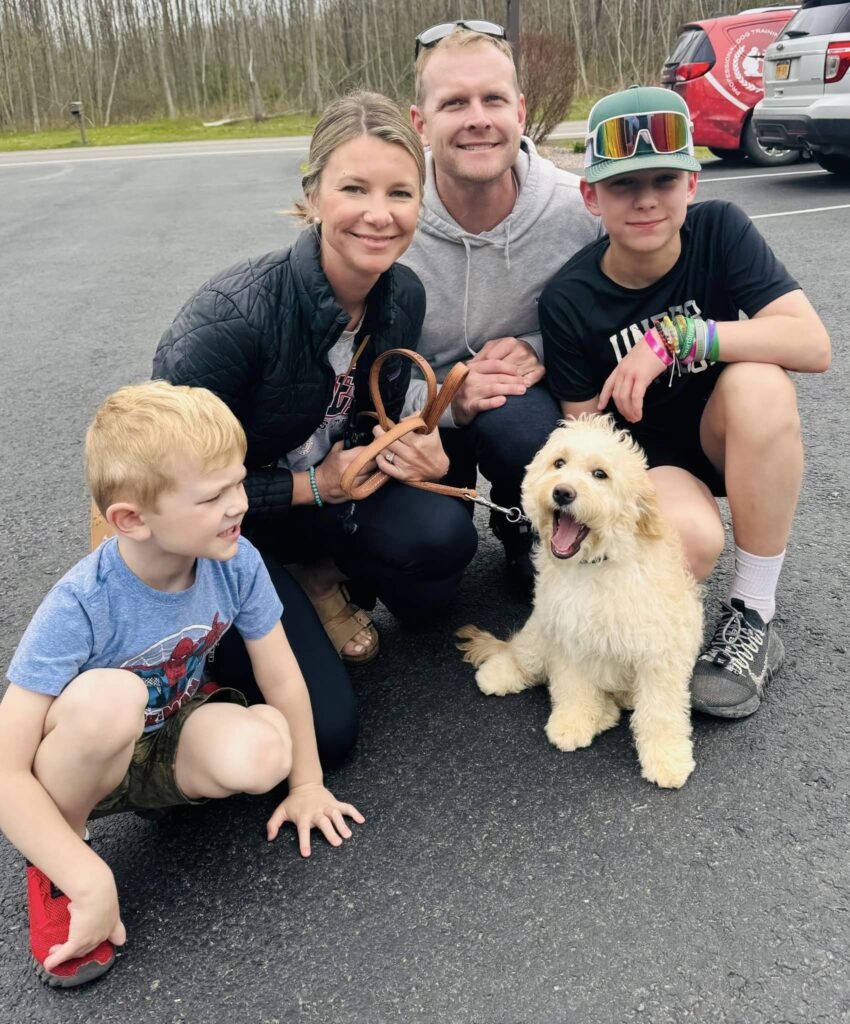Positive reinforcement is a powerful tool in dog training, offering a humane and effective way to address challenges and shape desired behaviors. Whether you are dealing with a rambunctious puppy or an older dog with established habits, integrating positive reinforcement into your training program can lead to long-lasting results and strengthen the bond between you and your furry companion. One of the key principles of positive reinforcement is rewarding desirable behaviors. This means that instead of focusing solely on correcting unwanted behaviors, you actively acknowledge and reward the behaviors you want to see more of. For example, if you are teaching your dog to sit, you would praise and reward them every time they successfully sit on command. Consistency is essential when using positive reinforcement. Dogs thrive on routine and clear expectations, so it is important to be consistent in your training methods and expectations. This means using the same cues and rewards consistently and ensuring that everyone involved in the dog’s care is on the same page.
 Inconsistency can confuse your dog and make it harder for them to understand what is expected of them. Another important aspect of positive reinforcement is timing. It is crucial to deliver the reward immediately after the desired behavior occurs so that your dog can make the connection between the behavior and the reward. This instant feedback helps reinforce the behavior and increases the likelihood of it being repeated in the future. If you wait too long to reward your dog, they may not understand what they are being rewarded for, or they may associate the reward with the wrong behavior. When faced with challenges in your training program, such as stubbornness or lack of motivation, it is essential to remain patient and persistent. Rome was not built in a day, and neither are well-trained dogs. Remember that every dog is unique and may require different approaches to training. If your dog is struggling with a particular behavior, try breaking the training process down into smaller steps and gradually building up to the desired behavior. This incremental approach can help prevent frustration and keep both you and your dog motivated.
Inconsistency can confuse your dog and make it harder for them to understand what is expected of them. Another important aspect of positive reinforcement is timing. It is crucial to deliver the reward immediately after the desired behavior occurs so that your dog can make the connection between the behavior and the reward. This instant feedback helps reinforce the behavior and increases the likelihood of it being repeated in the future. If you wait too long to reward your dog, they may not understand what they are being rewarded for, or they may associate the reward with the wrong behavior. When faced with challenges in your training program, such as stubbornness or lack of motivation, it is essential to remain patient and persistent. Rome was not built in a day, and neither are well-trained dogs. Remember that every dog is unique and may require different approaches to training. If your dog is struggling with a particular behavior, try breaking the training process down into smaller steps and gradually building up to the desired behavior. This incremental approach can help prevent frustration and keep both you and your dog motivated.
In addition to using positive reinforcement during training sessions, it is important to incorporate it into your everyday interactions with your dog and Visit Link Here. This means praising and rewarding your dog for good behavior throughout the day, not just during formal training sessions. By consistently reinforcing positive behaviors, you can help shape your dog’s overall demeanor and strengthen your bond with them. It is also important to remember that positive reinforcement is not just about rewarding good behavior it is also about building trust and confidence in your dog. By using positive reinforcement techniques, you can create a safe and supportive environment for your dog to learn and grow. This can help them feel more confident in their abilities and more willing to try new things. Overall, positive reinforcement is a powerful tool in dog training, offering a humane and effective way to address challenges and shape desired behaviors. By focusing on rewarding good behavior, being consistent and patient, and incorporating positive reinforcement into your everyday interactions with your dog, you can create a strong foundation for a happy and well-trained companion.